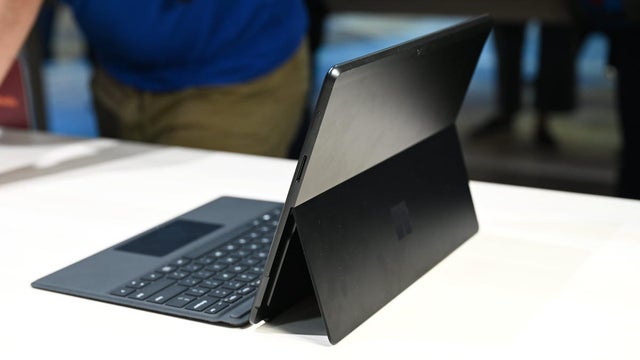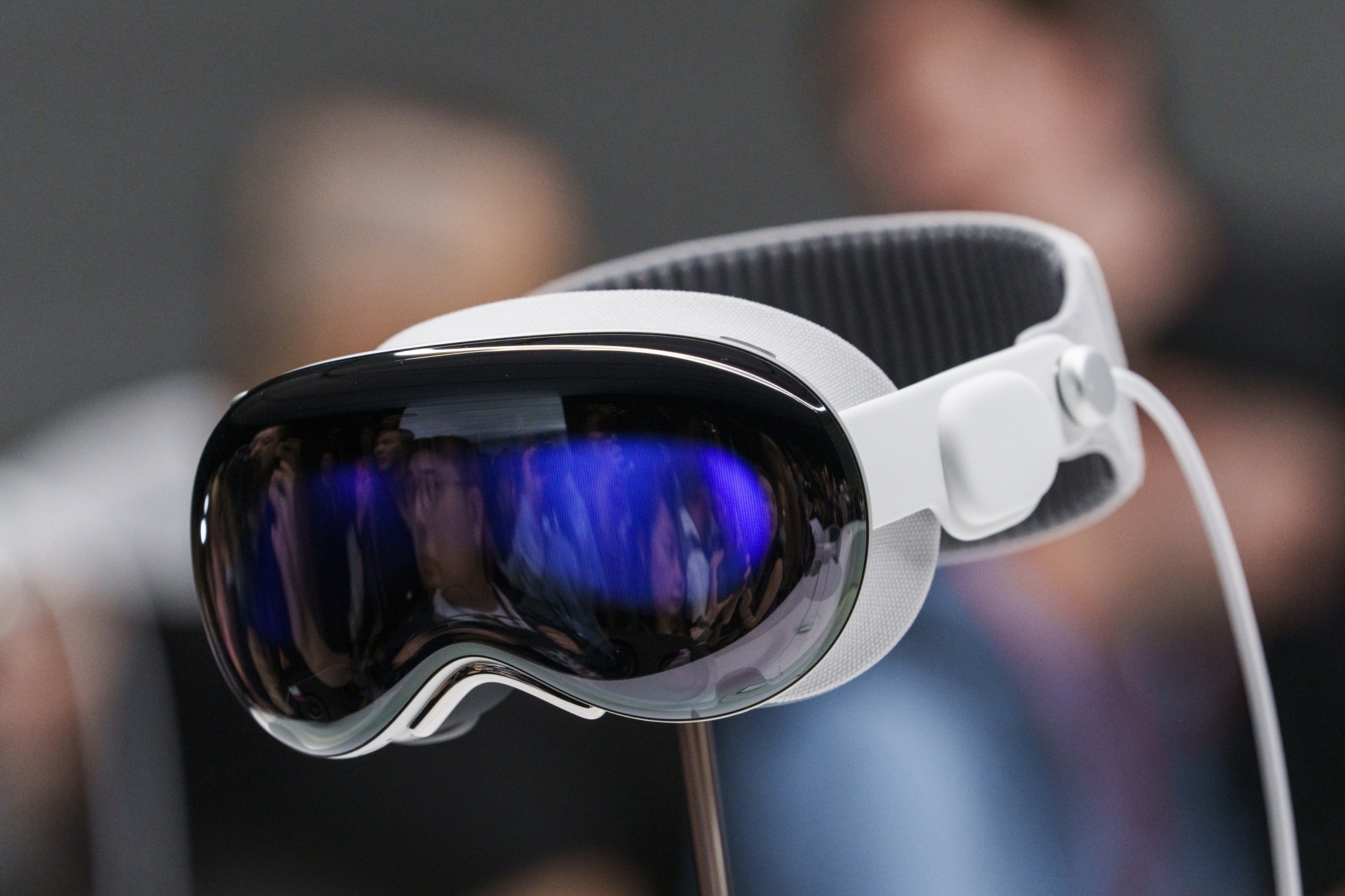Is the Windows ARM Laptop Worth the Hype? An Honest Review
December 17, 2024 | by ranazsohail@gmail.com

I’ve been waiting for this moment for a while. As someone who’s been out of the loop with Windows laptops for a bit, all the recent buzz around this new matte black laptop that’s supposed to be revolutionary has got me wondering: Is it actually as good as they say? Have Windows laptops finally caught up to Apple’s Silicon leap from a couple of years ago?
This new Microsoft Surface laptop is different—it doesn’t have an Intel or AMD chip. Instead, it’s powered by Qualcomm’s Snapdragon X Elite, which makes it an ARM-based laptop. If you remember, Apple did the same thing a few years ago when they transitioned from Intel to ARM, and it was a huge success. The efficiency, seamless integration, and overall package of Apple’s ARM laptops really set them apart.
Around the same time, Windows laptops tried the same thing. Remember the Surface Pro X? Yeah, that didn’t go well. Since then, it’s mostly been Intel and AMD laptops. But this new one seems to be a different story.
I’ve been using it for the past couple of weeks, and I’ve got a pretty good idea of what’s working and what’s not. The biggest improvement, hands down, is the efficiency—especially when it comes to battery life. With the same size battery, this thing lasts a lot longer.

For comparison, the last Surface laptop with an Intel chip had decent battery life, with Microsoft claiming up to 19 hours. This new one? They’re claiming 23 hours. In real life, that means all-day battery life for me with mixed use, without worrying about charging. I’ve been doing everything from web browsing, checking email, watching videos, and some research, and I still end the day with about 40% left. For a 14-inch laptop, that’s pretty impressive—I honestly don’t think about charging it much, which is a huge win.
On paper, this is often compared to the M3 13-inch MacBook Air, and it even outperforms it in some synthetic benchmarks, which is pretty cool. So, that’s a win—great battery life, definitely check.
The second thing we were hoping for was smooth, optimized performance. I’m not talking about high-end gaming power, but more about a general, everyday experience that’s consistently fast and reliable—something you can count on for regular tasks.
I’ll get into app support in a minute, but overall, I found this laptop to be very capable. I’ve been away from Windows for a while, so I don’t have a ton of comparisons, but this $2,000 14-inch laptop handles pretty much everything I throw at it without breaking a sweat.
Photo editing in Affinity? No problem. Anything in the Microsoft Office Suite? Smooth, whether you’re plugged in or not. The trackpad gestures are smooth, and the UI graphics are consistent from a full charge to nearly dead. Native apps run snappy and provide a great experience.
But then we get into the challenge of switching to ARM. This is what I was curious about, and it’s something that happened when Macs made the same transition: the main issue with switching architectures is app compatibility.
When Apple did this, there were three main types of apps. First, you had the optimized ones—these are the ideal. Of course, all first-party apps were optimized right away, and Apple put in a lot of work to get developers to optimize their apps for ARM.
In the past, some apps designed for x86 processors could still run on ARM devices through emulation. While they wouldn’t perform as well as native apps, they were at least functional. On the flip side, there were apps that just didn’t work at all.
Right now, with Windows on ARM, we’re still dealing with those three types of apps. In my view, there’s pretty good support for native apps, especially for the things most people use daily, though it’s not perfect yet.
For example, Photoshop and Lightroom CC run natively, and so do popular apps like Chrome, Spotify, Prime Video, Dropbox, and Zoom. These apps work smoothly, are easy on the battery, and generally perform great.
But then there are some apps I use that don’t support Windows on ARM natively but still run through emulation. Lightroom Classic is one of them, as well as my preferred to-do list app, TickTick. If you check their website, they only offer x86 versions, so I downloaded the 64-bit version, and it works, but not very well.

There’s noticeable lag and stutter in certain parts of the UI, and it’s not even a heavy app—it’s just a to-do list. There are plenty of apps in this awkward stage where you don’t know if or when they’ll get a native ARM version. Adoption is still low, and developers don’t have a big incentive to create one just yet. They’re usable, but not ideal. They might drain the battery faster, but they still get the job done.
Some apps just don’t work at all on Windows ARM right now. For example, Arc browser and Google Drive on desktop—which I rely on a lot—don’t work with Windows ARM at all. VMware’s a no-go, a lot of VPNs don’t work, and many games won’t run. Some games are completely incompatible, but even those that could work often have anti-cheat systems that aren’t supported on ARM, so they won’t run at all.
There are some apps that are compatible, but their websites don’t make it easy to find the ARM version. The download links for these versions aren’t highlighted, so it’s kind of a pain to track down. Honestly, it feels all over the place right now.
So, if you’re thinking about getting a Windows ARM laptop, do yourself a favor and check the apps you actually need to use. Make sure they’re either compatible or at least work through emulation. I’ve seen plenty of promises from developers saying ARM versions are coming soon, but the reality is, you need to check whether the software you rely on will work for you. Depending on your needs, you might either be totally fine or run into major problems.
There are a few Windows ARM laptops out there, and I decided to try this one—the premium matte black model with the Snapdragon X Elite. After using it for a couple of weeks, here are a few thoughts.
The build quality is pretty solid, which is typical for Surface devices. The all-metal design feels great, the keyboard is sturdy, and the trackpad is large with great haptic feedback. The fundamentals are really solid all around. As for ports, the selection is decent—there’s a full-size USB-A, two USB-C ports, and a headphone jack.
The main downside I see with this laptop, especially given its high price, is that it doesn’t have an OLED option. Instead, you get a 2304×1536, 120 Hz LCD touchscreen with a 3:2 aspect ratio. I do love the taller display, but of course, it just can’t match the deep blacks and contrast of an OLED, even though the LCD is still pretty solid. In a way, I feel like I swapped the OLED for a higher refresh rate, but I do wish there was an OLED option.
Also, it’s important to keep in mind that this isn’t a high-end gaming machine. While it performs really well across the board, it doesn’t have a dedicated GPU like some more powerful systems. Similar to Apple’s M-series chips, it has an integrated GPU, so while you can definitely play games, don’t expect to max out frame rates on something like Elden Ring. These chips have lots of cores but don’t do as well in single-core performance. They’re great at handling multiple tasks at once, though, and the laptop stays pretty cool, which I appreciate. The fans hardly kick in.
One cool feature is that this is one of the first Copilot PCs, so it comes with a dedicated Copilot button on the keyboard. The chip has an NPU that handles AI tasks, like the studio camera effects or the forced eye contact in video calls, without draining the CPU or GPU. Plus, you can always press the Copilot button to talk to Microsoft Copilot, just like you would with Bing, ChatGPT, or Gemini.
Overall, I think this laptop is a great start. Personally, I’ve been wanting a premium, matte black Windows laptop on ARM for a while, and this is exactly that. The big question is whether the software you use will work on ARM—that’s really what you need to think about before deciding if this is the right choice for you.
Let me know what you think of the Surface Laptop or the whole Windows on ARM thing!
RELATED POSTS
View all

